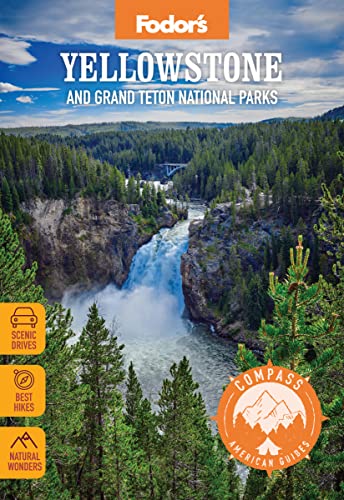Geological Wonders of Yellowstone National Park
Spouting geysers, bubbling mud pots, and hissing steam vents have earned fame for Yellowstone, which has the greatest concentration of thermal features in the country—nearly 10,000 of them all told.
Steaming Landscape
The past eruptions of cataclysmic volcanoes helped to create the steaming, vaporous landscape of Yellowstone today. The heat from the magma (molten rock) under the Yellowstone Caldera continues to fuel the park's most famous geyser basins—West Thumb, Upper, Lower, Midway, and Norris—which contain most of Yellowstone's 200 to 250 active geysers.
Rivers and Lava Flows
Other traces of the geological past include the basaltic columns near Tower and the steam that hisses from Roaring Mountain. The molten lava beneath the Yellowstone Caldera, one of the world's most active volcanoes, has created two resurgent domes: Sour Creek, forming the eastern edge of Hayden Valley, and Mallard Lake, which overlooks Old Faithful from the Upper Geyser Basin, at Observation Point. In Firehole Canyon, the Firehole River runs between two lava flows; at West Thumb, a minor eruption created the Yellowstone Lake bay lined with hydrothermal features; in the park's forests, volcanic soils nurture lodgepole pine.
Something New Each Visit
The superheated underground means Yellowstone is a constantly changing landscape. A geyser that is active one month may go dormant while a nearby thermal feature suddenly becomes quite intense. This potential for constant change makes Yellowstone a place where you can see something new and different each time you visit.




